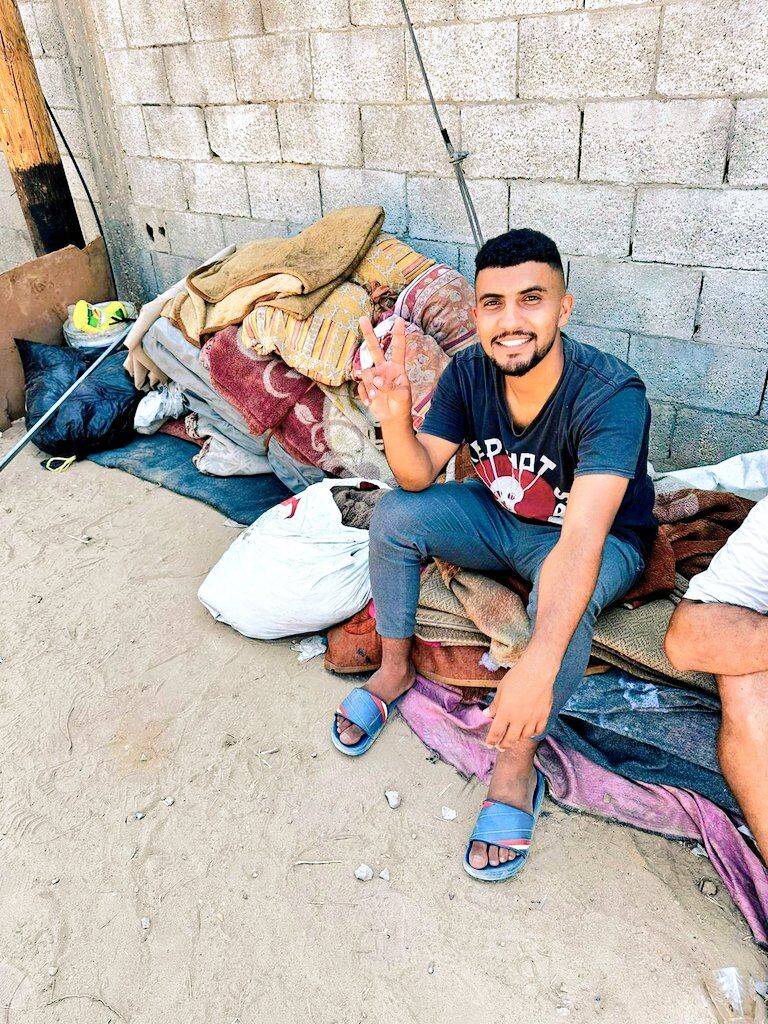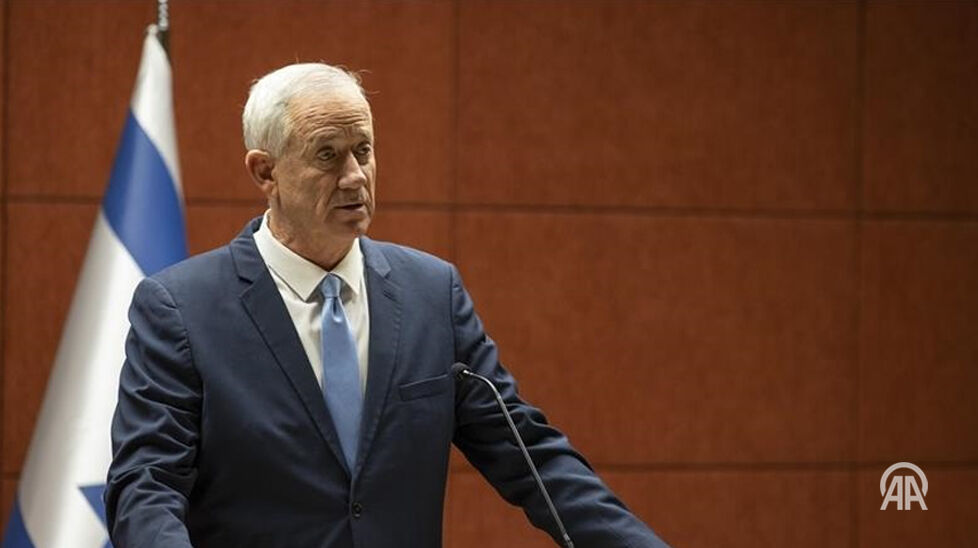Former War Cabinet member Benny Gantz, Tuesday, lashed out at Benjamin Netanyahu and his extreme rightwing Cabinet. He said both, the prime minister and his ministers ,are unfit to perform their duties amidst the ongoing war in Gaza.
He was talking about the recent spat between Netanyahu and his Defense Minister Yoav Gallant, according to local radio FM103 as reported in Anadolu.
Gantz, head of the opposition National Unity party, said their differences over the conduct of the war in which Netanyahu continues to speak about “total victory” over Hamas in Gaza do not serve either of the extreme politicians from the Likud Party.
But it is clear Gantz is on the side of Gallant who represents the army’s view which at best wants a political solution to the war. Gantz says the Netanyahu government is not qualified or able to achieve its declared goals of “absolute victory” against the Islamist group Hamas in Gaza and the rest of the Palestinian resistance movement, nor is it able to secure the release of the 115-or Israeli captives held in different parts of Gaza.
For Gantz, the release of those in captivity are a top priority and wants the Israeli government to reach a deal to secure their freedom but many in Israel, including their relatives, feel Netanyahu is not interested in securing a political deal and continues to brush off any mediation efforts.
Animosity
On Monday, Netanyahu and Gallant traded words about the conduct of the war in Gaza Strip. Gallant accused the Prime Minister of obstructing a prisoner swap deal with the Palestinian group. This is while Netanyahu lashed out at the Defense Minister, accusing of following an anti-Israel stance.
Last week, Egyptian, Qatari, and US mediators called on Israel and Hamas to finalize the details of a cease-fire where the hostages can go back to their homes and the guns and missiles can stop.
While Israel said it will send a delegation to the talks, Hamas demanded the mediators present a plan to implement the ceasefire proposal supported by US President Joe Biden that it had agreed to on 2 July.
But indirect talks mediated by the US, Qatar, and Egypt continue to be intractable after 10 months of bloody mayhem. Netanyahu continues to talk about a partial ceasefire where he would secure the release of the hostages and offer no commitment to ending the war, something which Hamas rejects. The group wants the about 1.5 million displaced refugees to return back to their homes including to north Gaza while Netanyahu says this is not possible.
The Israeli onslaught on the Strip has since 7 October 2023 killed roughly 39,900 people while the Gaza Media Office states the number of deaths have already topped the 40,000-mark. These are mostly women and children with the injured standing at over 92,000 people.
More than 10 months into the Israeli onslaught, vast tracts of Gaza lie in ruins amid a crippling blockade of food, clean water, and medicine reports the Turkish news agency.
Israel is accused of genocide at the International Court of Justice, which ordered it to immediately halt its military operation in the southern city of Rafah, where more than a million Palestinians had sought refuge from the war before it was invaded on May 6.

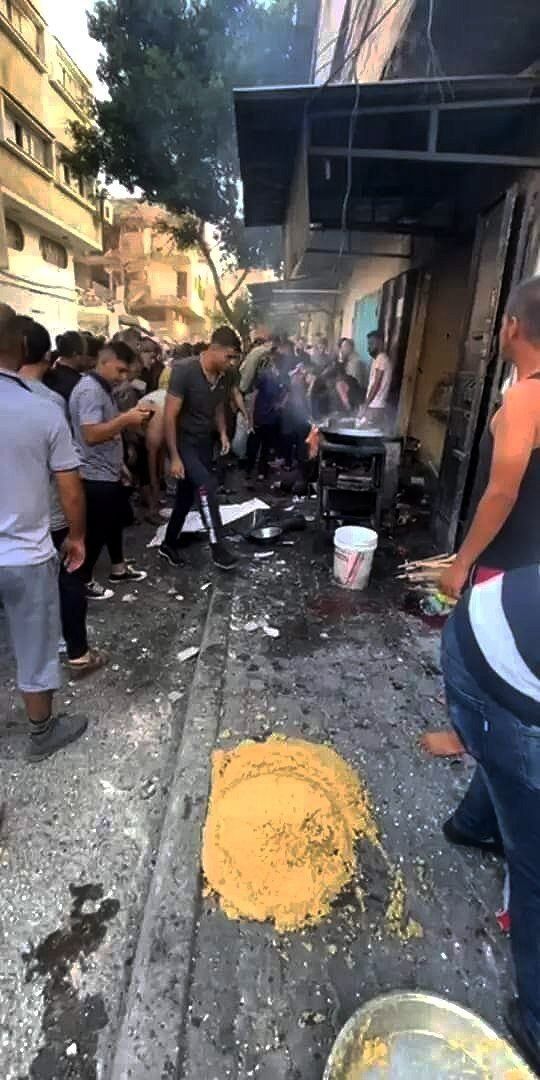
 The depth of the CRATER caused by Israeli bombings with TREMOR BOMBS on displaced families' tents in southern
The depth of the CRATER caused by Israeli bombings with TREMOR BOMBS on displaced families' tents in southern 
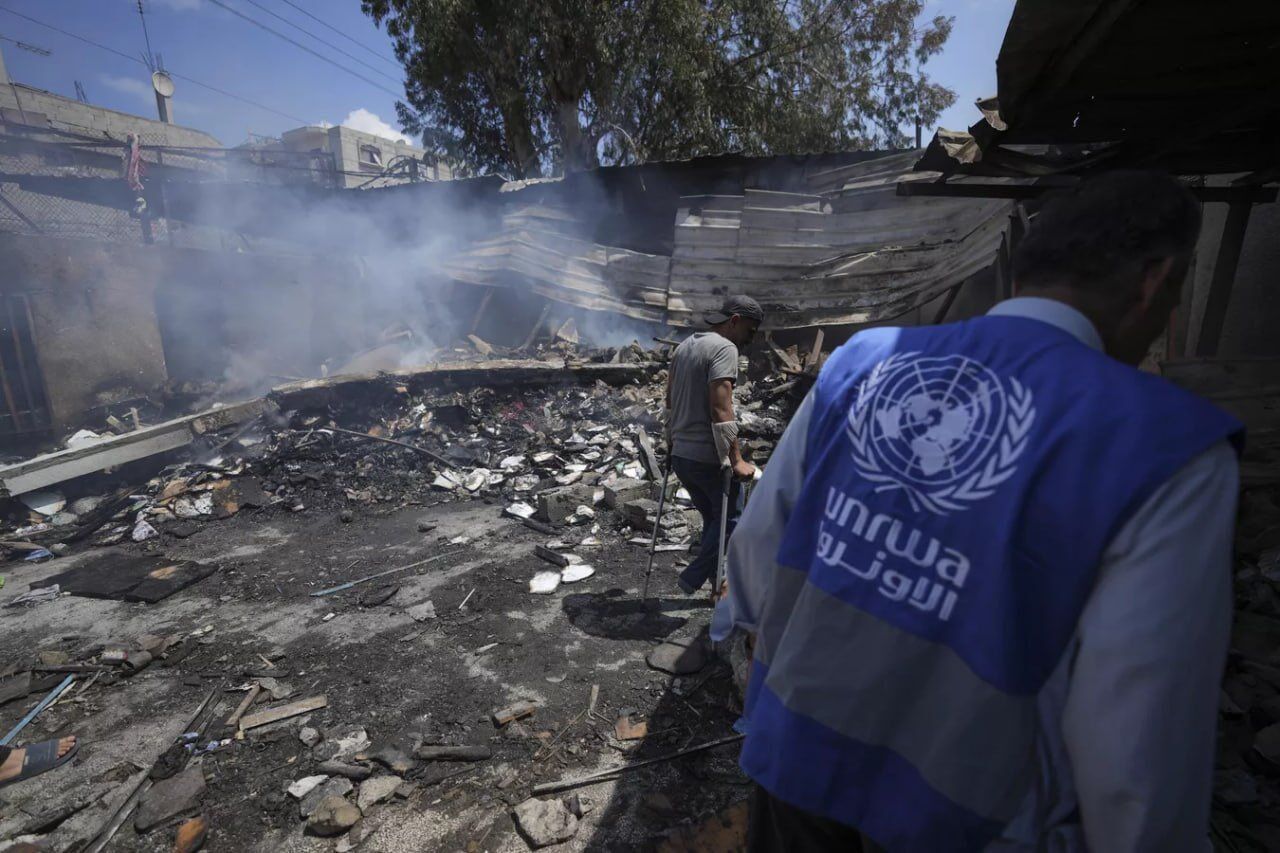
 BREAKING:
BREAKING: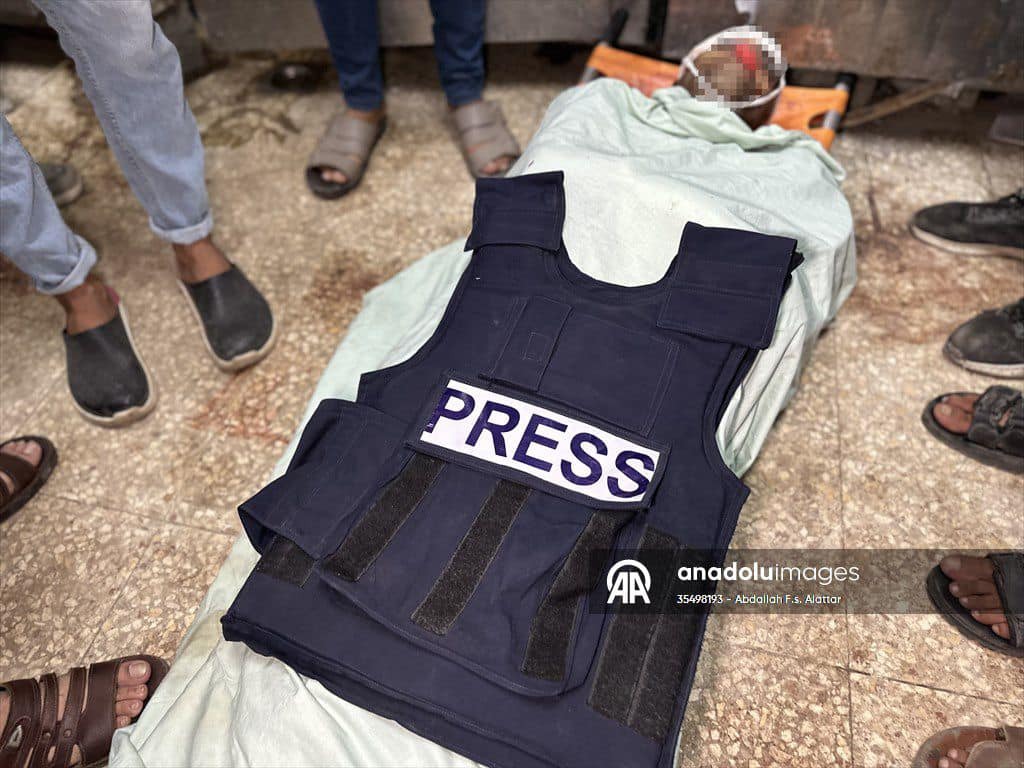
 (@OnlinePalEng)
(@OnlinePalEng) 
